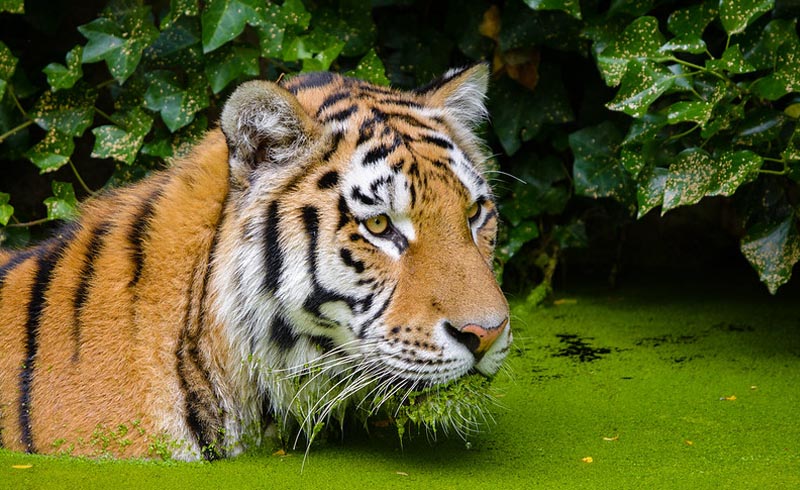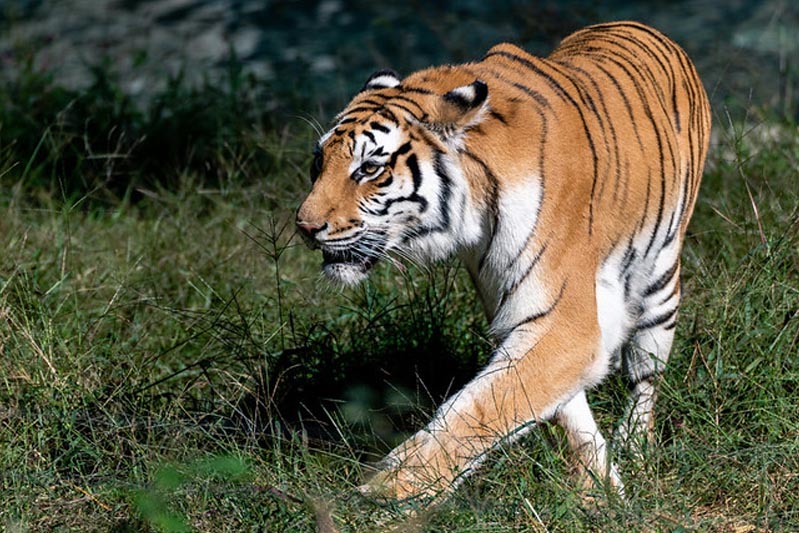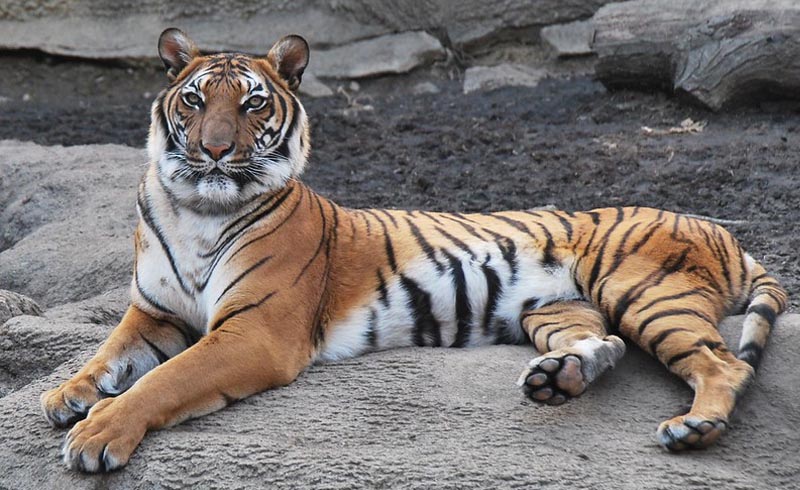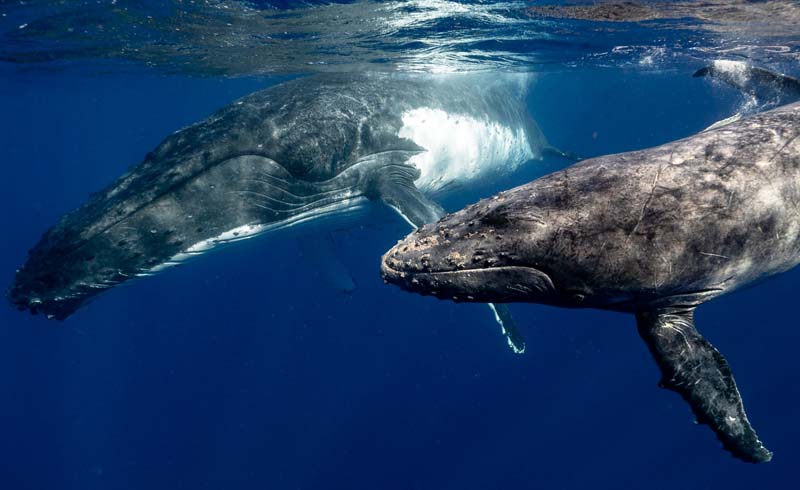Tigers are one of the most impressive and fearsome creatures in the jungle. With their strength and beauty, it's easy to understand why they have been the object of human fascination for centuries.
All tiger subspecies inhabit Asia and are native to the tropical and temperate forests of the region.
There are five known tiger subspecies worldwide, each with its own unique characteristics.
The subspecies are:
Siberian Tiger

The Siberian Tiger, also known as the Amur Tiger, is the largest and heaviest tiger subspecies. Males can measure up to 3.3 meters in length, including the tail, and weigh between 300 and 390 kilograms. Females are a bit smaller, measuring between 2.3 and 2.75 meters in length and weighing between 140 and 220 kilograms.
Despite its imposing size, the Siberian Tiger is an agile animal and capable of running at speeds of up to 60 kilometers per hour.
These tigers are native to the Amur region in Russia and can also be found in China and North Korea.
Bengal Tiger

The Bengal Tiger, also known as the Bengal, is probably the most well-known subspecies of tiger and is the one found in most zoos and wildlife sanctuaries.
It is a tiger subspecies found in Asia and is known for its striped fur and impressive size. It is one of the largest and heaviest tigers. Males can measure between 2.6 and 3 meters in length, including the tail, and weigh between 200 and 300 kilograms. Females are slightly smaller, measuring between 2.3 and 2.75 meters in length and weighing between 120 and 180 kilograms.
Unlike other subspecies of tigers, Bengal Tigers can inhabit a wide variety of habitats, from jungles to mangroves and mountain areas.
They are also known for being more social than other subspecies of tigers and for having a diet that includes a wide variety of prey, including deer, buffalo, and monkeys.
Indochinese Tiger

The Indochinese Tiger (Panthera tigris corbetti) is a subspecies of tiger found in Asia. These big cats can grow up to 3 meters in length and weigh up to 300 kg. The main difference between males and females is size, as males tend to be larger.
Features that distinguish it from other tiger subspecies include a darker coat and narrower, clearer stripes. Additionally, the Indochinese Tiger is one of the smallest tigers and its natural habitat is in mountainous and humid forest regions.
This tiger subspecies is critically endangered due to poaching and the degradation of its natural habitat. Currently, there are less than 250 wild individuals in the world.
Malayan Tiger or Tiger of Malaysia

The Malayan tiger (Panthera tigris jacksoni) is a subspecies of tiger found in the Malay Peninsula and on the islands of Sumatra and Borneo. Malayan tigers can measure up to 2.75 meters in length and weigh up to 200 kg.
The features that distinguish it from other tiger subspecies include its lighter coat and wider and spaced stripes. In addition, Malayan tigers are known for their ability to adapt to different habitats, including tropical jungles and mountainous forests.
Like many other tiger subspecies, the Malayan tiger is critically endangered due to poaching and habitat degradation. Currently, it is estimated that there are fewer than 300 wild individuals in the world.
Sumatran Tiger

The Sumatran Tiger (Panthera tigris sumatrae) is a subspecies of tiger that is native to the island of Sumatra in Indonesia. It is one of the smallest tigers and is characterized by its dark fur and longer stripes than other tigers. Despite its size, the Sumatran Tiger is known to be an efficient hunter and a fierce predator.
This species is solitary and territorial and prefers to live in dense jungle habitats like tropical forests and mountains. It has a varied diet that includes a wide range of prey, such as deer, buffalo, wild pigs, and monkeys.
Males may have territories that span up to 1,000 km2. The Sumatran Tiger is also known for its distinctive roar, which is lower and more profound than that of other tigers.
In addition, its fur is denser and thicker than that of other tigers, helping them stay warm in their tropical habitat.
Common Features of All Species
All subspecies of tigers have some common features, including:
- Distinctive fur: All tigers have a distinctive fur pattern with black spots on a yellow or white background.
- Large size: All tigers are large animals, with the Siberian tiger being the largest of all.
- Impressive strength: All tigers are known for their strength and agility, making them excellent hunters.
- Asia habitat: All tigers are native to Asia and inhabit the tropical and temperate forests of the region.
- Carnivorous: All tigers are carnivores and primarily feed on a variety of animals, including deer, antelopes, and other medium-sized mammals.
All of these tiger subspecies are impressive and deserve to be protected. Unfortunately, they are all endangered due to poaching and habitat loss. It is important to take measures to protect these animals and ensure their survival in the future.






